How big is your Ph. barbata colony?
- Formiculture.com
- Forums
- Gallery
- Members
- Member Map
- Chat

How big is your Ph. barbata colony?
I'm not sure. I consistently play a game I like to call "Schrödinger's Ants". It's where I keep everything in an incubator and don't open it for over a month at a time. I never really enjoyed keeping ants to begin with, so it's a rather convenient game to play for me.
Update 9 Feb. 2024
Dorymyrmex sp. 1. I decided to ethanol these colonies as the gynes are needed for a description of the species. They grew around as fast as any other Dorymyrmex species I have kept and had the standard Dorymyrmex behaviors in captivity. By the time of dumping the colonies into ethanol, they were each around 50 workers or so in size.
Pheidole clydei. This colony has continued to grow at a rapid rate, which make sense considering that the species was shown to be a part of the P. flavens-group. There is now a few dozen majors and around 600 minor workers. Their 10x20x13 cm foraging area is now overwhelmed with foragers at any given moment. Feeding this colony has only gotten more fun to watch. Soon after dropping in chopped up insects, they form a dense trail to the food source and majors come aid in breaking down the pieces. They also have been consuming mass amounts of sugars as well, with the colony going through around 5-7mL of sugar water every 1.5 weeks. I broke a piece of acrylic that was going to be apart of the formicarium I was working on for this colony, so i now have to 3D-print a piece, which has delayed the making of the formicarium.
Pogonomyrmex tenuispinus. I dwindled the number of colonies of this species to three. Each one has close to ten workers or so, which is due to my neglect. They burn through proteins nearly as fast as P. rugosus and I have not been the best at keeping up with their needs in that aspect. They have continued to grow despite this though and all colonies have a decent large brood pile.
As a side note, I do have other species that I could add to this journal. These species include Pheidole barbata, Pheidole psammophila, Veromessor pergandei, and Veromessor stoddardi.
Would love to see updates and photos of P. barbata and P. psammophila...
"Float like a butterfly sting like a bee, his eyes can't hit what the eyes can't see." - Muhammad Ali
Check out my shop and Camponotus journal! Discord user is bmb1bee if you'd like to chat.
I'm not sure. I consistently play a game I like to call "Schrödinger's Ants". It's where I keep everything in an incubator and don't open it for over a month at a time. I never really enjoyed keeping ants to begin with, so it's a rather convenient game to play for me.
The yogi did not enjoy Schrödinger's Ants ![]()
Veromessor pergandei
Veromessor andrei
Crematogaster sp.
Pogonomyrmex cf cali and rugosus
Various Pheidole
C. yogi
Camponotus yogi made it to 25 workers with the use of two 3 month games of Schrödinger's Ants for me.
Thought they died?
Veromessor pergandei
Veromessor andrei
Crematogaster sp.
Pogonomyrmex cf cali and rugosus
Various Pheidole
C. yogi
Would love to see updates and photos of P. barbata and P. psammophila...
For now, here's a picture of the two color variations of Pheidole psammophila that I have found.
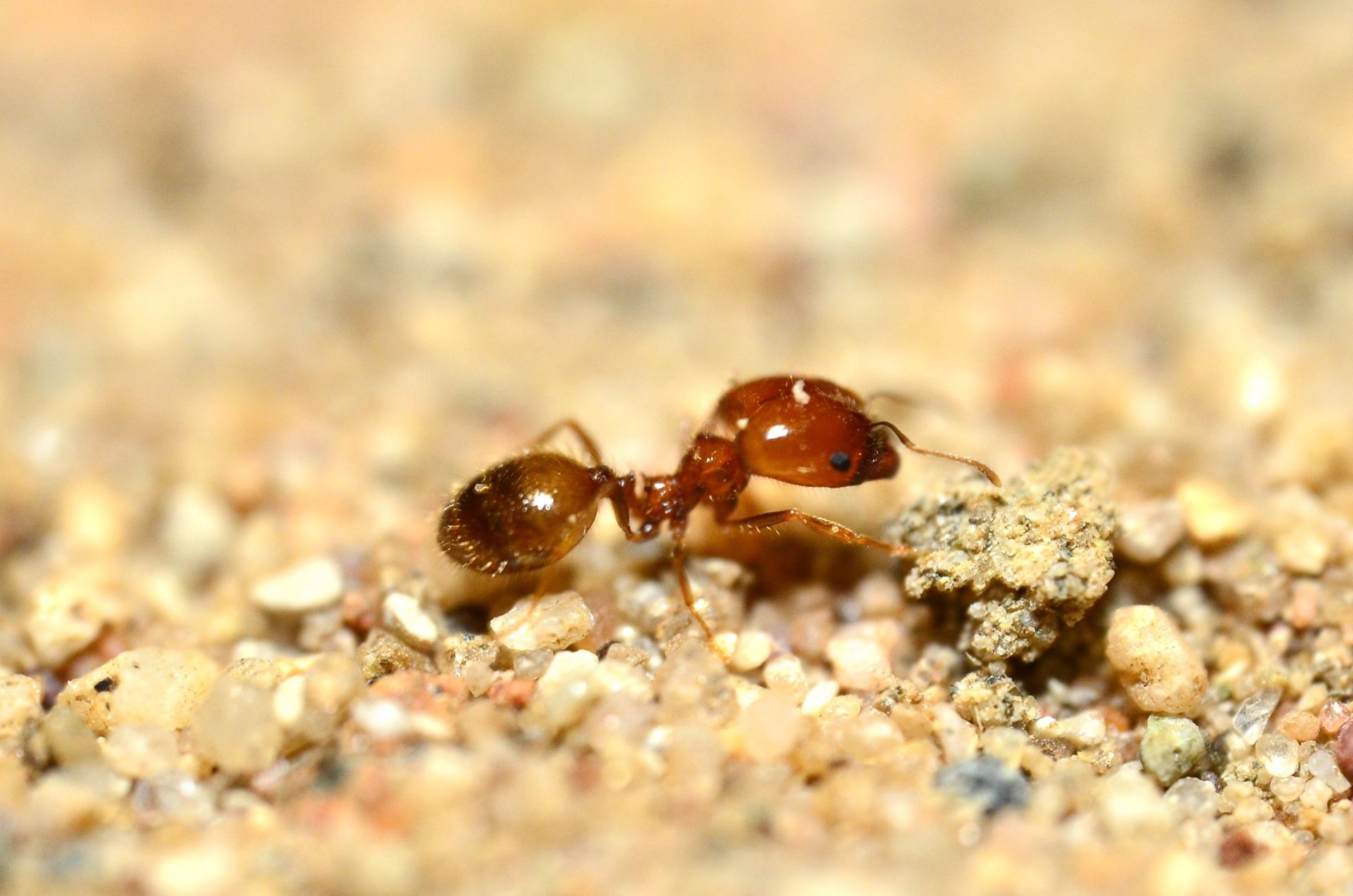
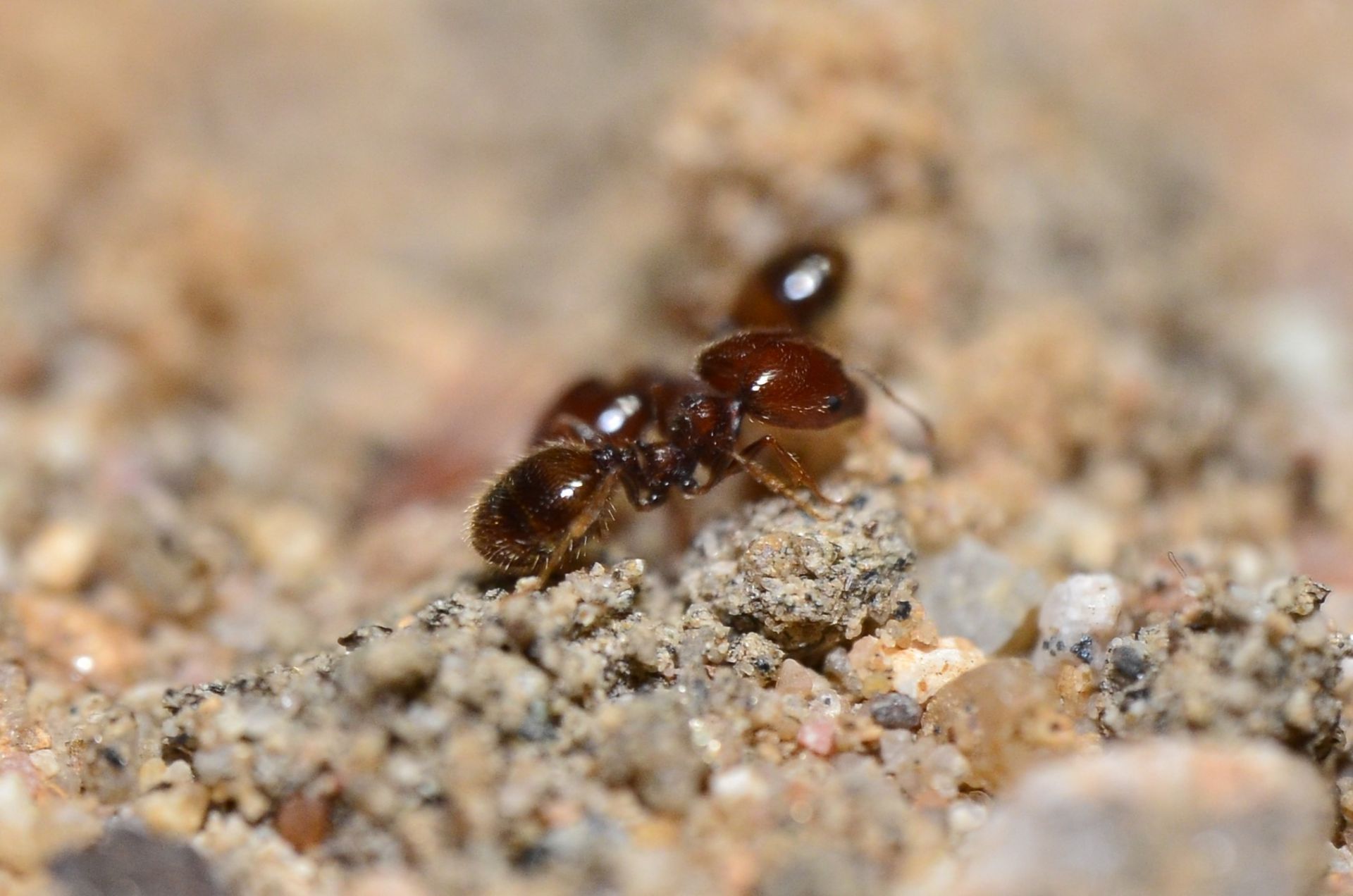
I hadn't seen the dark one before, so it was a rather delightful surprise when I found them. Gynes and minor workers have no differences, so I assume the dark coloration is consequence of being a rather isolated population. The lighter color is the "normal" color variant of the species. What is interesting, though, is that the dark variant population has more defined morphological features in comparison to the normal color variant.
Edited by ReignofRage, February 9 2024 - 10:26 PM.
Thought they died?
I have caught gynes and kept new colonies of C. yogi for the past three years; initially it was to prove a point and then it turned into something I do for fun. However, last time I went I got stalked by some psychopath through the forest. The ones you inquired about late 2023 ran out of water before I checked them. Prior years I was making test tube setups with more water.
Edited by ReignofRage, February 9 2024 - 11:31 PM.
Update 18 March 2024
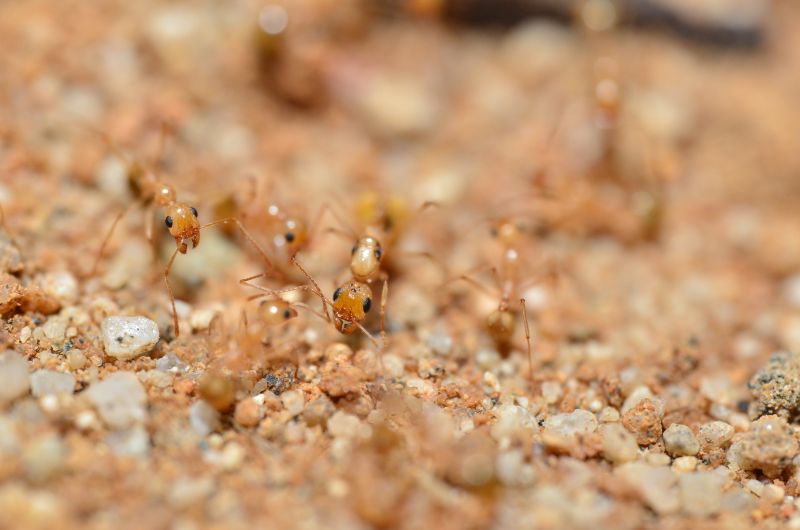
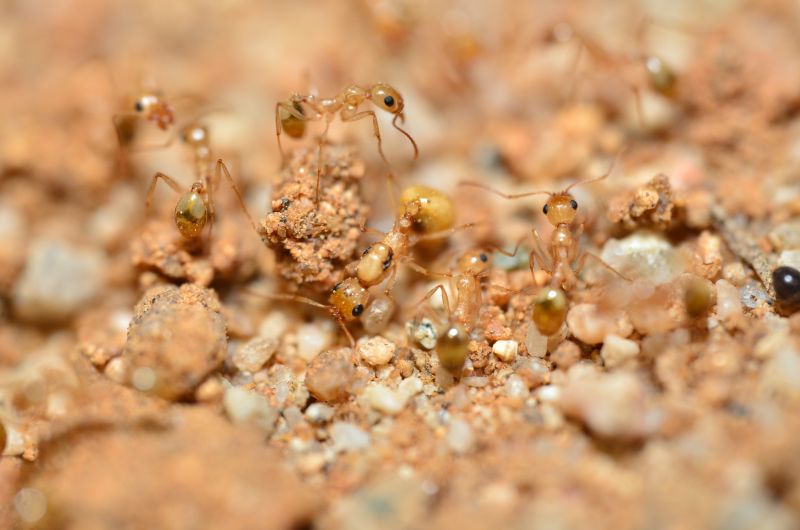
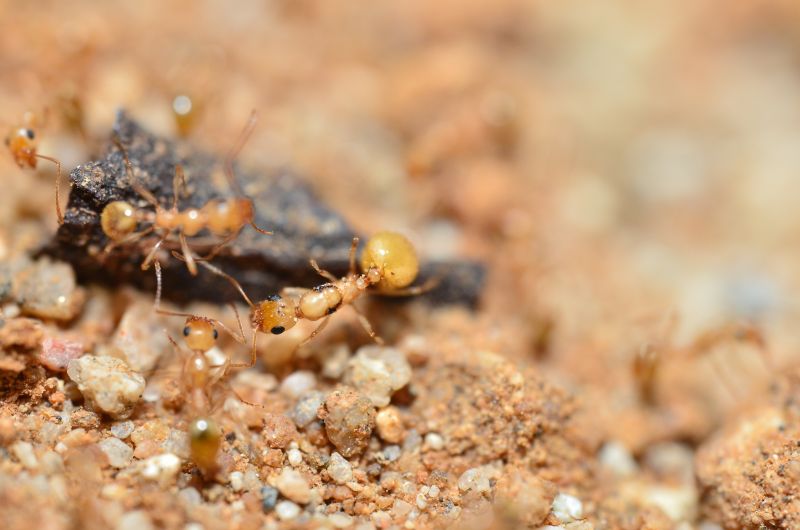
Aphaenogaster megommata. This colony has a microgyne, which is evident in the photos. The typical gyne size for A. megommata is ~9 mm - this gyne is ~6-6.5 mm. To my knowledge this is the first microgyne collected for this species. Workers are normal size and there is a little over 100 workers. They consume lots of sugar water and workers get decently physogastric.
Pheidole clydei. There is not much to say about this colony. Growth has continued as normal. The colony consumes lots of insects and I have added a liquid feeder of water, since they do consume water relatively fast.
Pheidole psammophila. The two colonies I kept of this species currently are heavily feeding upon seeds and crushed protein pellets. They are growing well and are very active.
Pogonomyrmex tenuispinus. The three colonies are growing well and have recently started to produce notably larger workers. I have continued to feed them insect proteins in addition to their seeds.
Market Place →
General Market Place →
Want To Buy: PogonomyrmexStarted by ajannis , Sep 27 2018 |
|
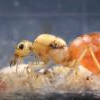
|
0 members, 0 guests, 0 anonymous users